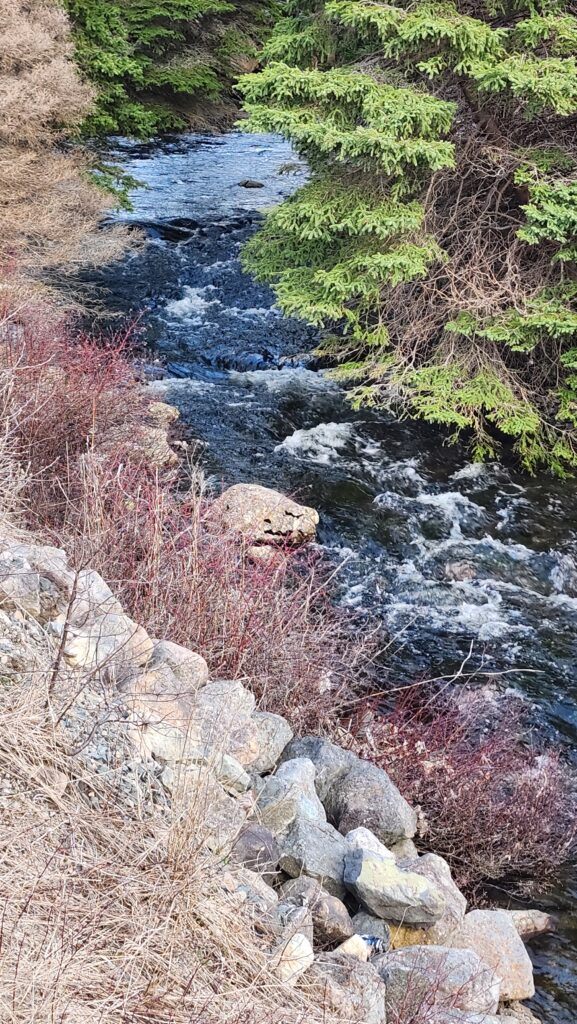How do you rid lawn moss that has overtaken your lawn? Not good news but it usually means your lawn conditions are more favorable to moss than to grass. Moss thrives in certain environments where grass struggles.
🌱 Why Moss Takes Over a Lawn
Here are the most common causes:
- Poor Drainage / Excess Moisture
- Moss loves wet, soggy soil.
- Compacted Soil
- Roots can’t breathe, and grass can’t thrive.
- Low Soil pH (Acidic Soil)
- Moss tolerates acidic conditions better than grass.
- Lack of Sunlight (Too Much Shade)
- Moss grows in shady spots; grass needs sun.
- Nutrient Deficiency
- Poor soil = weak grass = opportunity for moss.
- Thin or Weak Grass
- Bare patches invite moss to settle in.
🛠️ How to Fix It
- Rake Out the Moss
- Use a dethatching rake or scarifier to physically remove it.
- Improve Drainage
- Aerate compacted soil. Consider adding sand or organic matter.
- Adjust pH
- Apply lime to raise the pH (based on soil test).
- Fertilize
- Feed the lawn to help grass grow strong and outcompete moss.
- Overseed Bare Areas
- Reseed with grass suited to your climate and shade level.
- Increase Sunlight
- If possible, thin trees or shrubs to let in more light.
- Use Moss Killer (Optional)
- Products with iron sulfate or ferrous ammonium sulfate can kill moss, but won’t fix the root problem.
Identifying moss in your lawn can help you better understand why it’s thriving and what environmental conditions it’s taking advantage of.
While there are thousands of moss species, most mosses found in lawns fall into a few common types. Here’s how to recognize and classify them at a basic level:

🔍 Common Moss Types Found in Lawns
1. Cushion Moss (Leucobryum glaucum)
- Appearance: Puffy, round cushions; pale green or silverish.
- Texture: Thick and spongey.
- Location: Grows in acidic, compacted soil and shady spots.
2. Fern Moss (Thuidium delicatulum)
- Appearance: Looks like tiny ferns or feathers.
- Texture: Soft, delicate, spreads in mats.
- Location: Likes moist, shaded, nutrient-poor areas.
3. Sheet Moss (Hypnum species)
- Appearance: Flat, carpet-like mats; dark green.
- Texture: Dense and fine.
- Location: Shaded areas, moist soil, often near tree bases or along stone paths.
4. Haircap Moss (Polytrichum species)
- Appearance: Taller, upright stems; looks like little pine trees.
- Texture: Coarse and bristly.
- Location: Likes acidic soil; often seen in poorly maintained lawns.
🧪 How to Identify Moss More Accurately
If you’re curious to go deeper:
- Take a close-up photo or sample.
- Use a hand lens or magnifying glass to look at leaf shape and structure.
- Compare with online databases or field guides (e.g., Mosses of North America).
- Local extension offices or garden clubs may help with ID.
